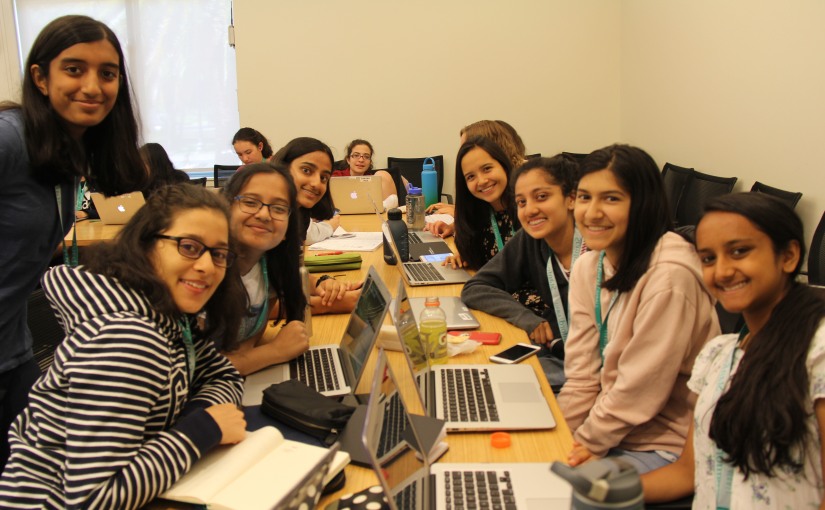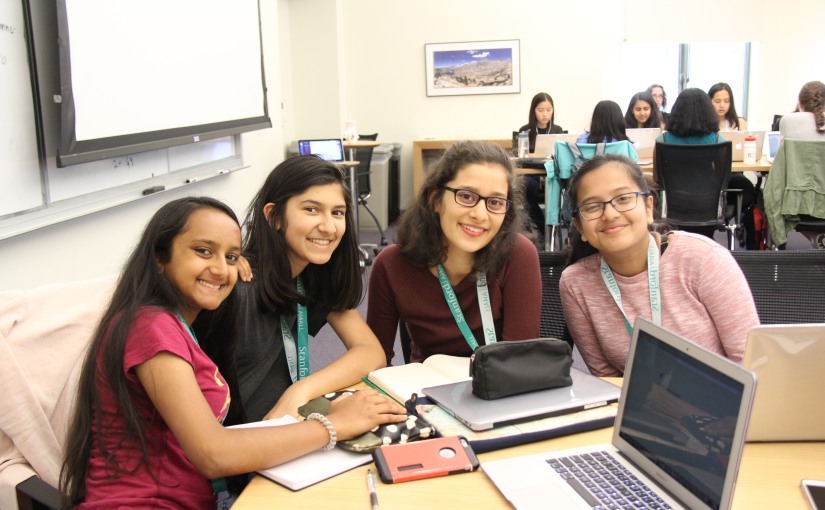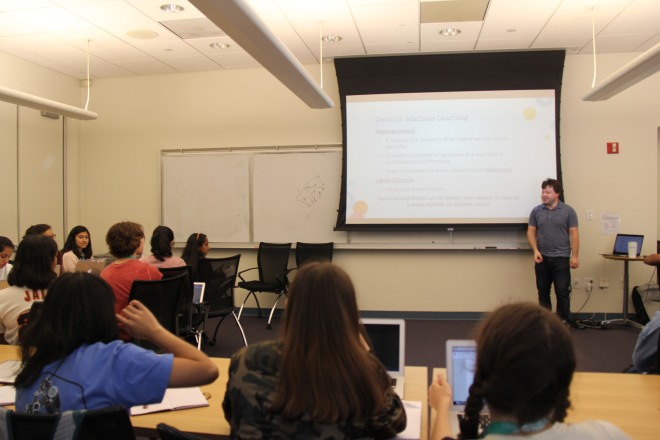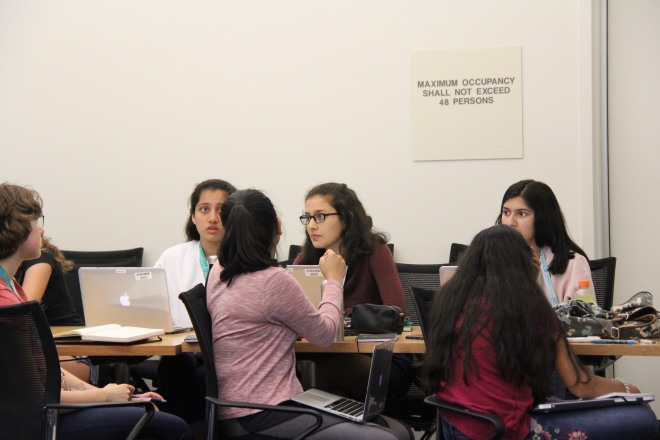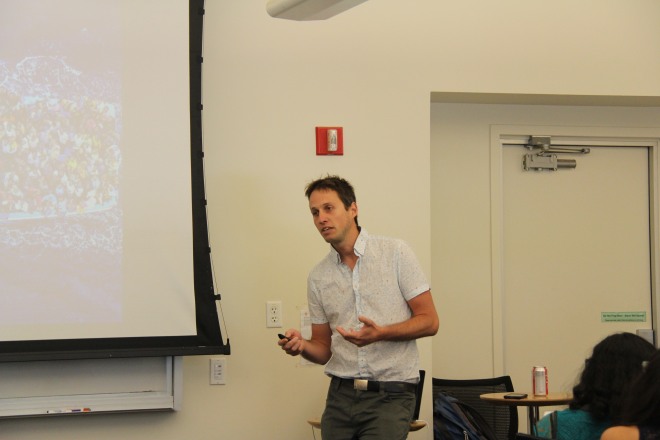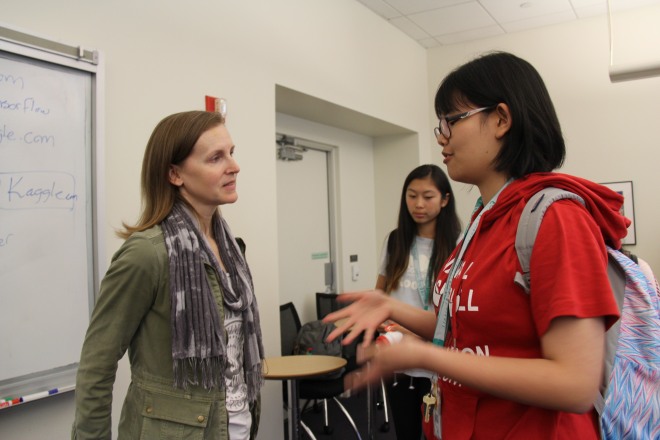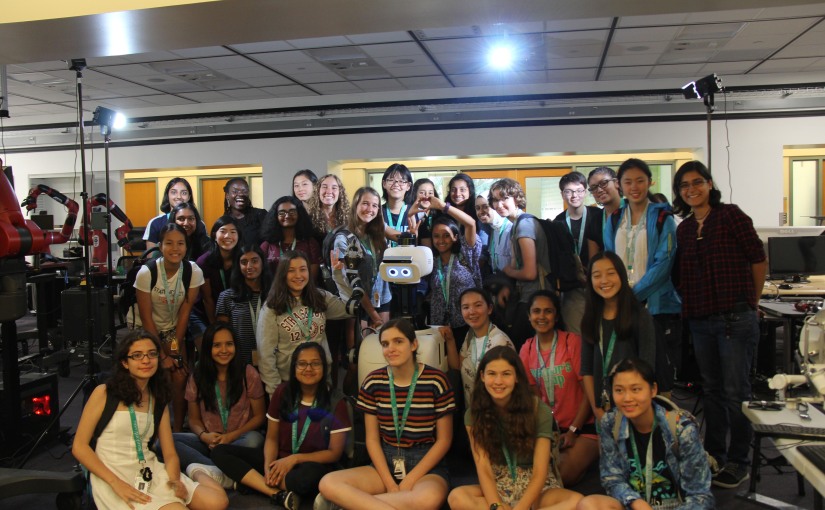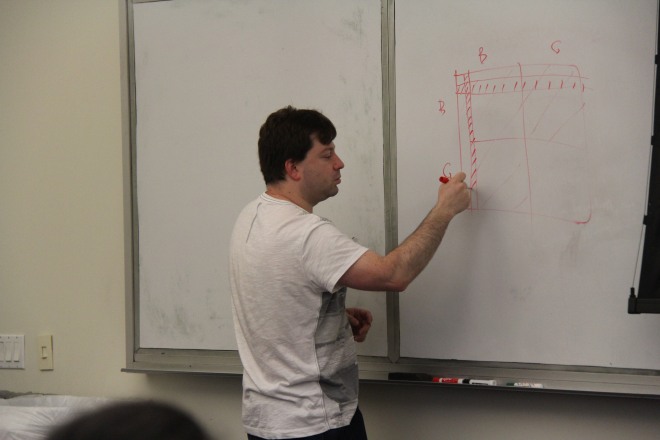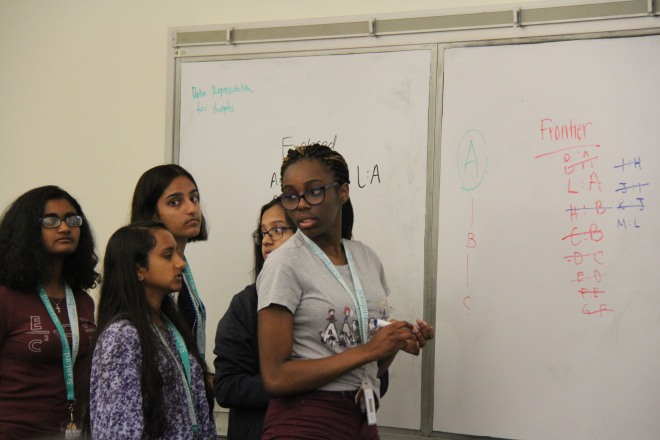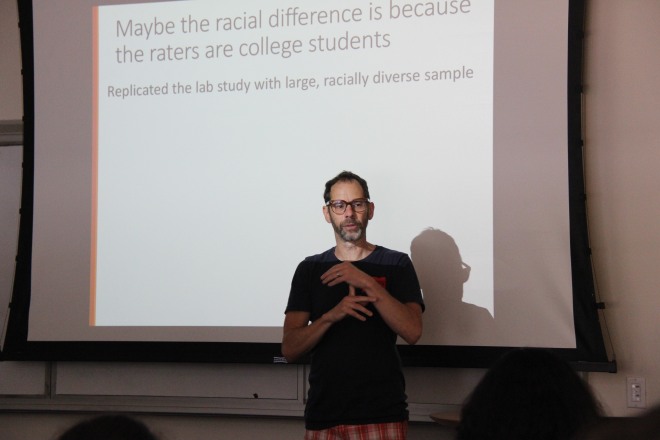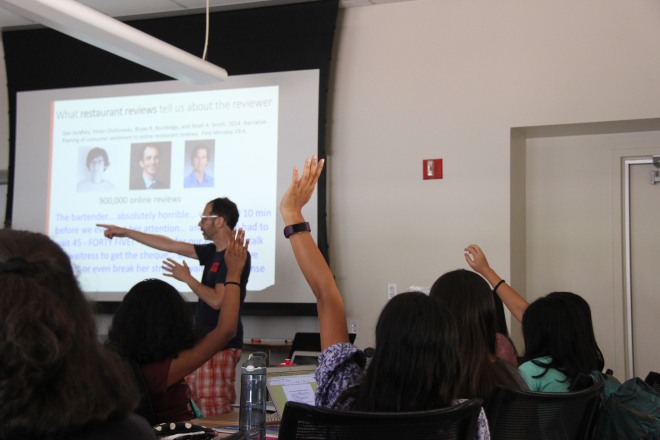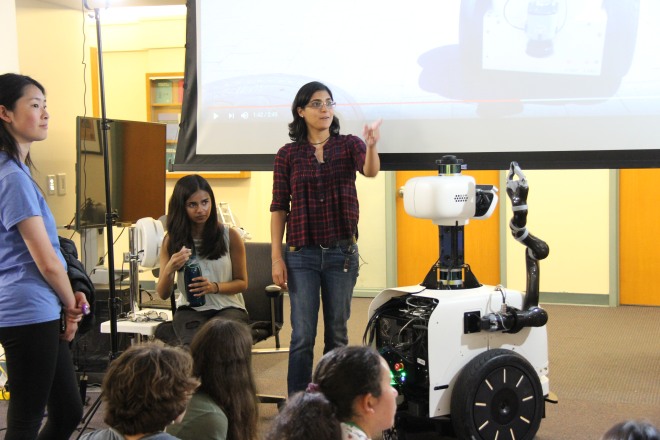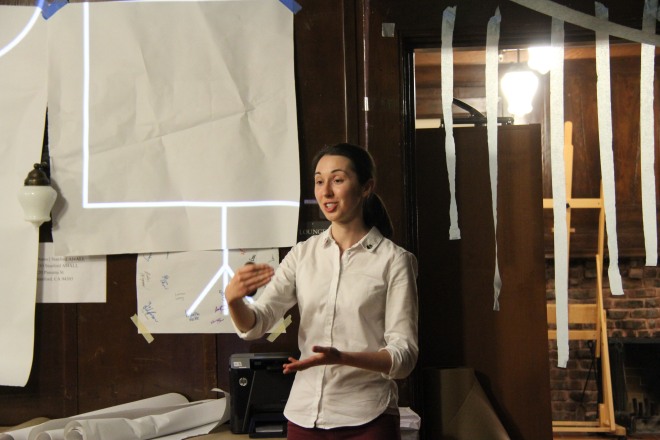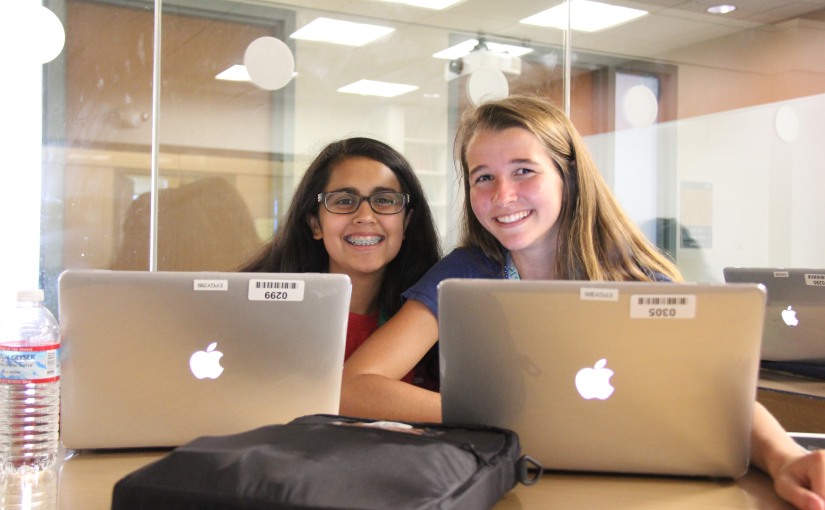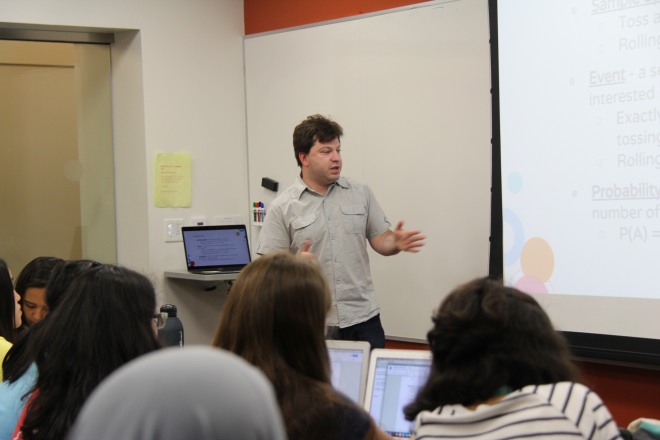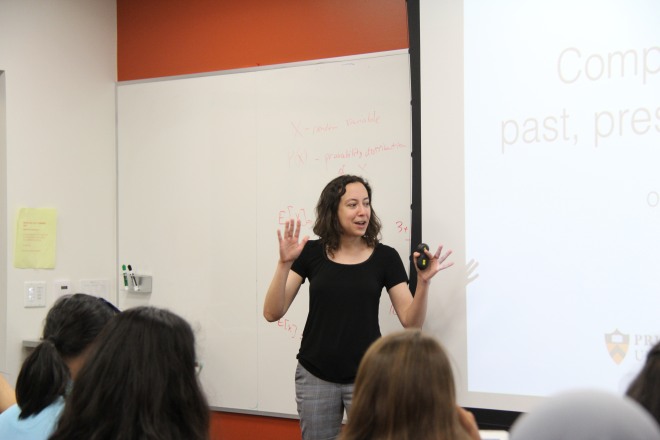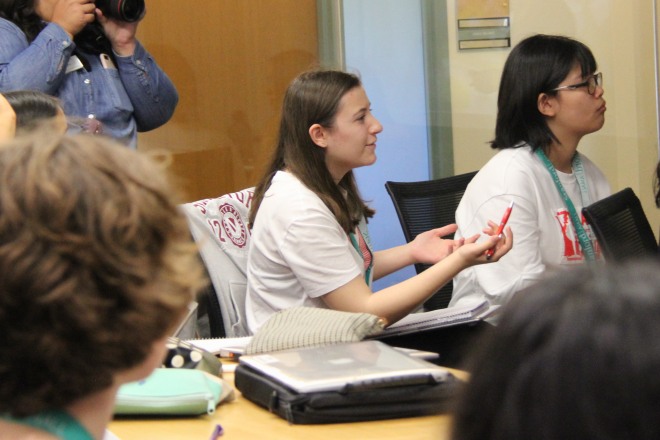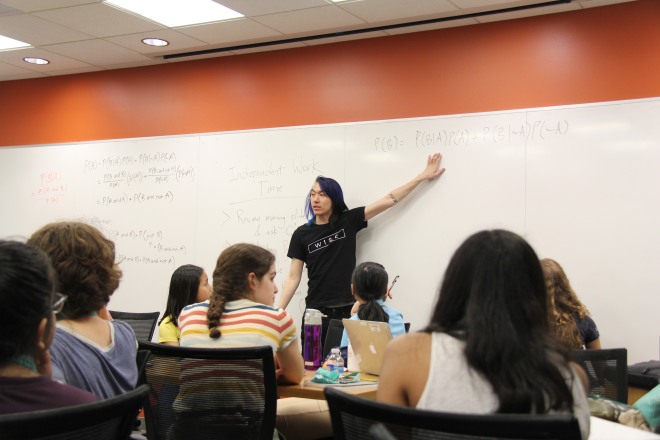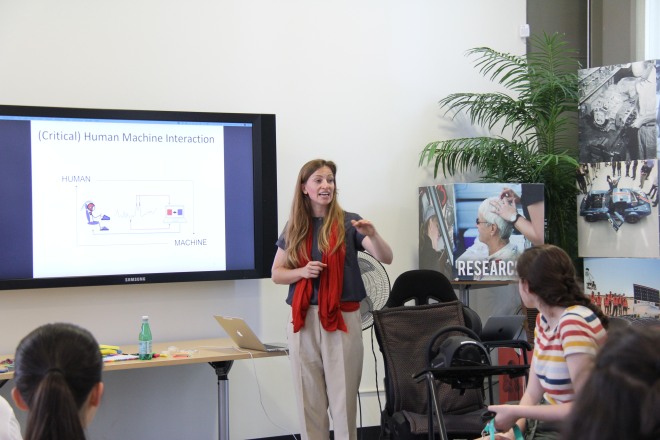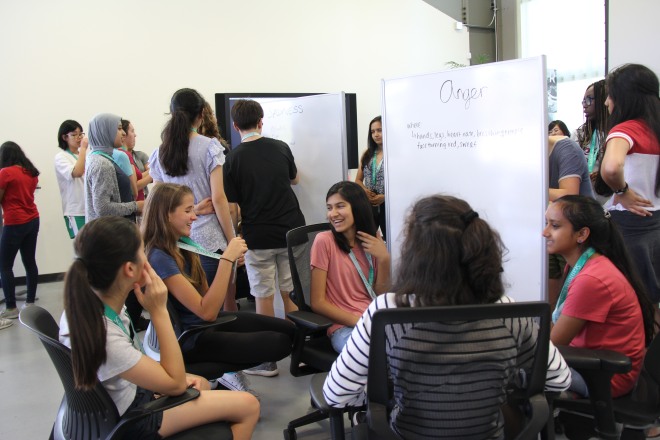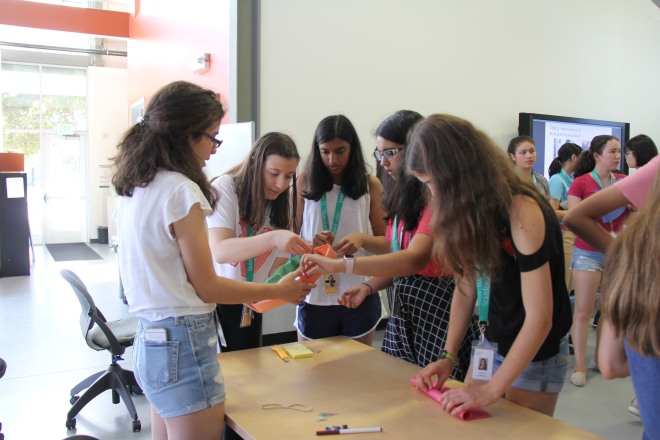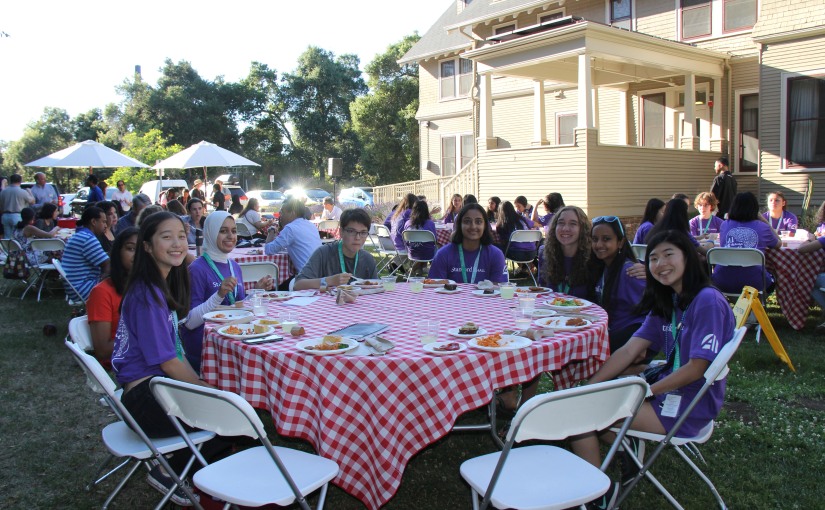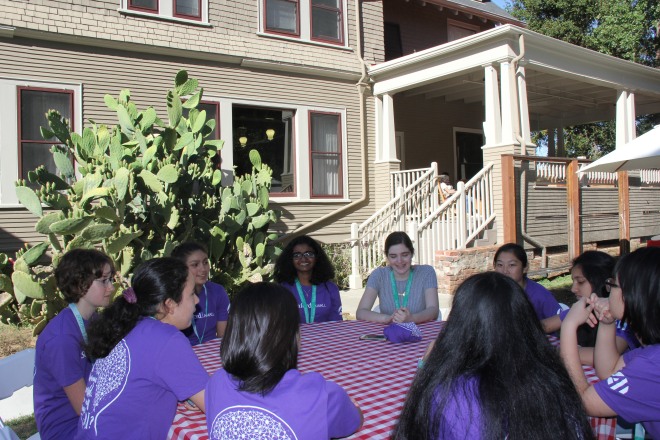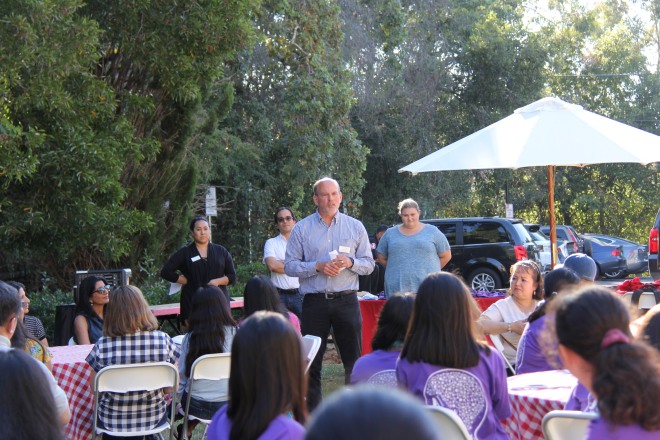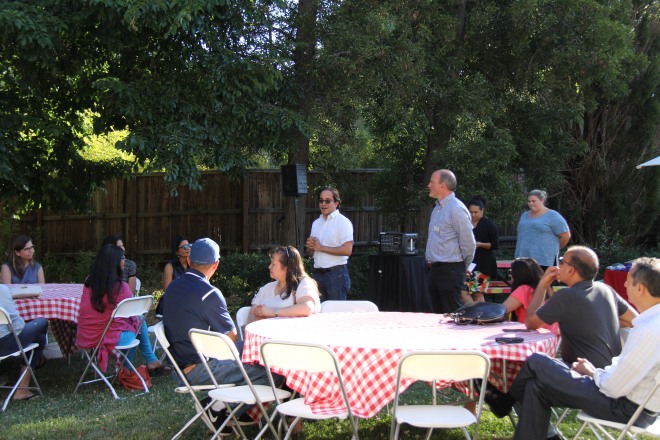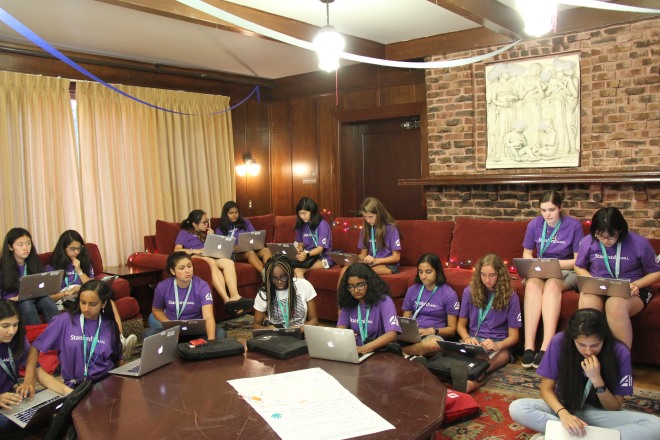Eugene continued his lecture on machine learning this morning, this time with a focus on classification. He explained that binary classifiers can be evaluated using metrics like sensitivity, specificity, and precision. The lecture focused on two main classifiers: decision trees and Naive Bayes. Students created an example of a decision tree that could help them decide whether or not to buy a certain item from a grocery store. To better understand the Naive Bayes classifier, campers thought back to their first lecture with Eugene on probability and statistics and looked at an example of classifying whether or not an email is spam.
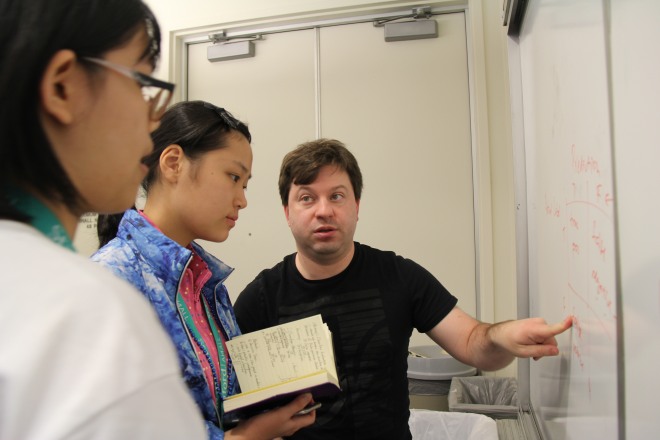
Eugene touched on various other supervised learning algorithms such as k-nearest neighbors, logistic regression, and support vector machines, as well as a few unsupervised approaches, such as clustering and principal component analysis.
Campers then heard from Stanford Professor Anshul Kundaje, who explained how machine learning is used to identify the genomic causes for certain diseases. While manually sequencing a person’s DNA would be incredibly time-consuming, advances in technology have made it possible to speed up this process immensely, making it much easier to collect data on the human genome. Unsupervised machine learning can then be applied to this data to find variations that may be related to certain diseases.
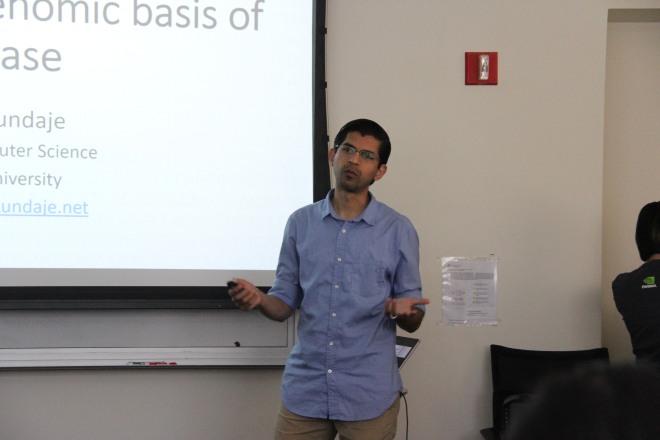
Prof. Kundaje suggested that artificial intelligence will greatly impact the future of personalized medicine, as individuals will be able to receive personal diagnoses and treatment suggestions based on their genes.
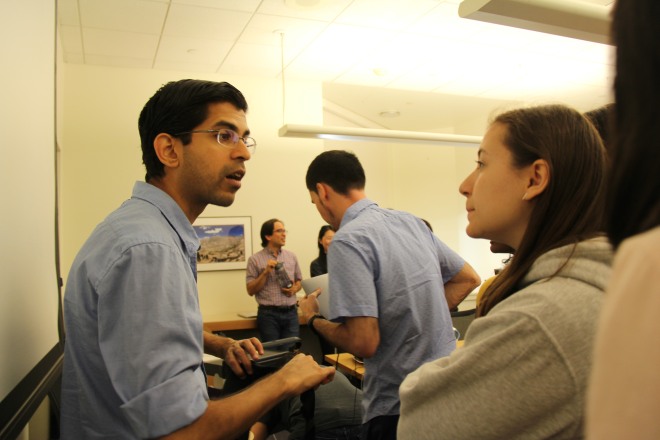
After lunch, Wells helped the girls review the machine learning concepts they’d been learning the past few days.
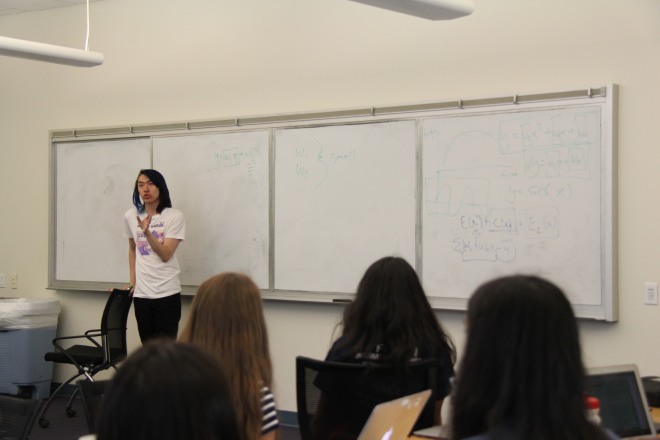
Campers then got into their research groups for the first time. This year, there are four research groups: Computational Biology, Computer Vision, Natural Language Processing (NLP), and Robotics. After introductions with their mentors, the students were given an overview of their research fields and the projects they’d be working on for the next two weeks.
Campers then had the special opportunity to hear from AI4ALL board member, Dr. Telle Whitney. Dr. Whitney told the girls her story of how she became a co-founder of the Grace Hopper Celebration of Women in Computing and CEO of the Anita Borg Institute.
Campers were inspired to hear how Dr. Whitney struggled with imposter syndrome but overcame it, and they were left with the advice to make connections, take risks, and surround themselves with supportive mentors and friends.
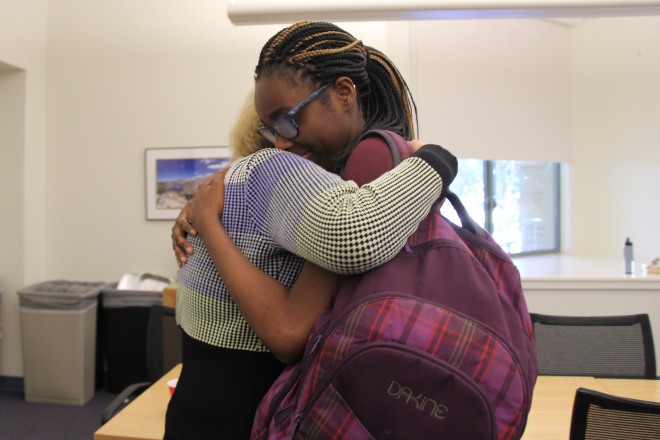
We hope the campers have had a fun first week and are enjoying all they’ve learned so far!
Blog post and all photos by Anna Wong.
